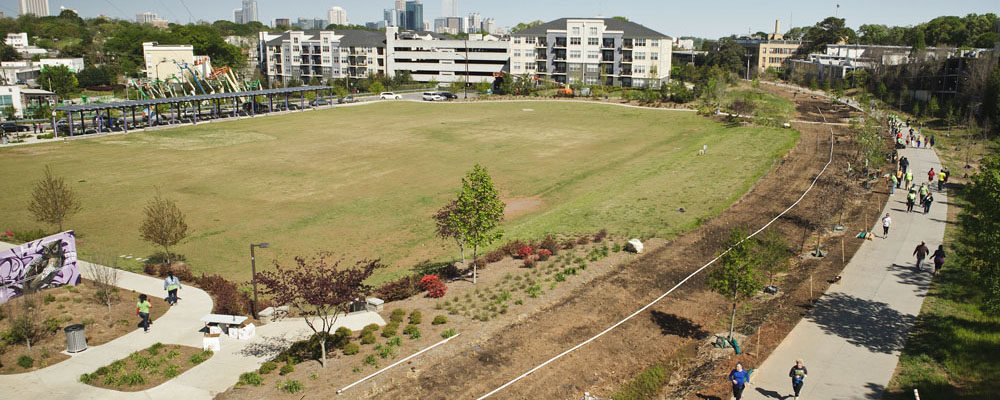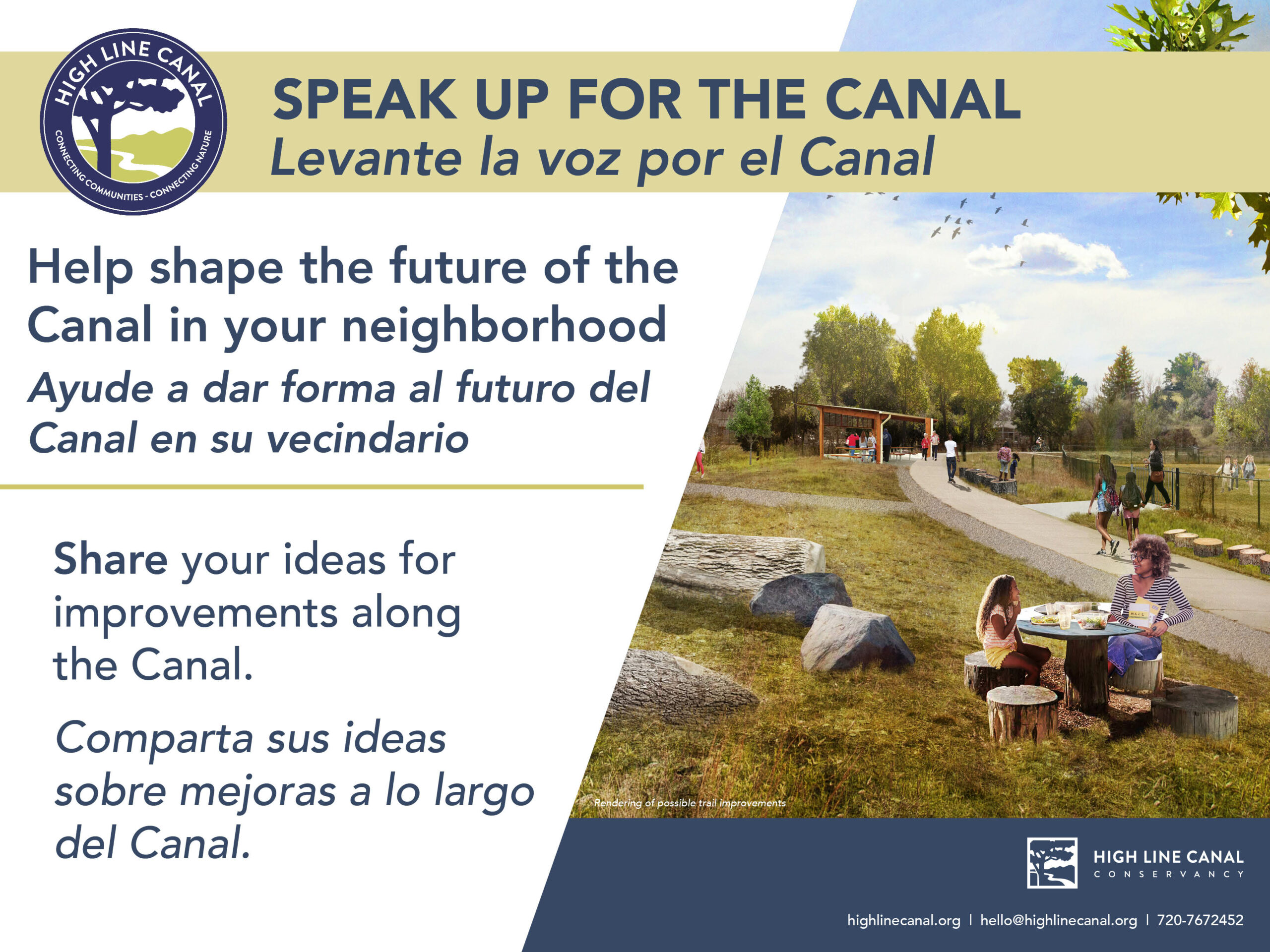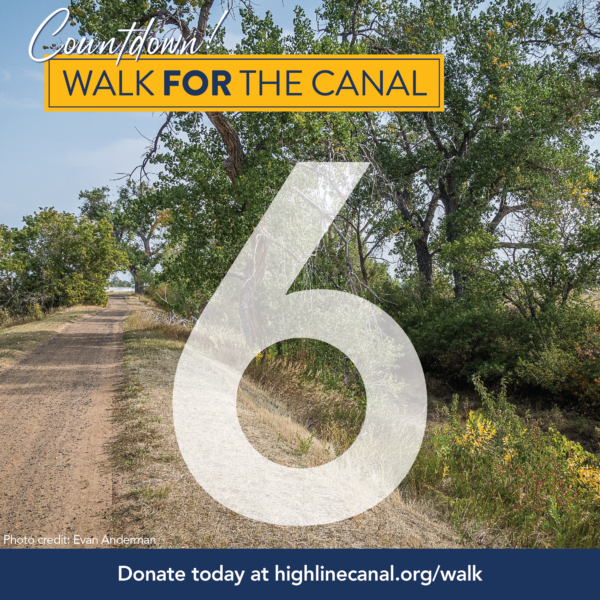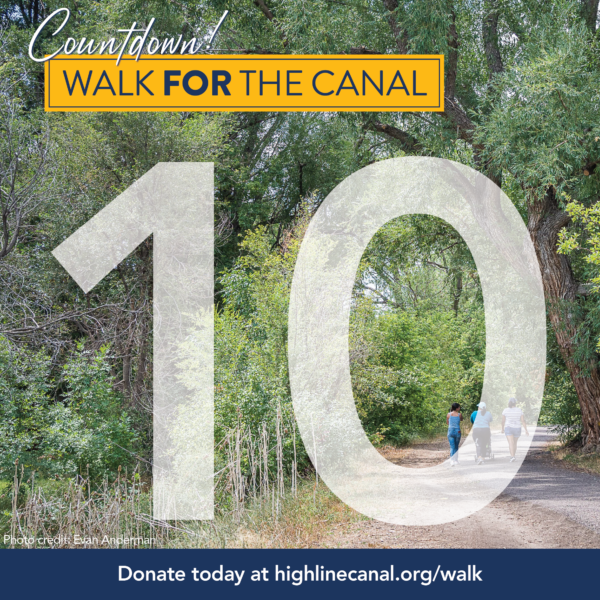For close to a year I have been intimately involved with the High Line Canal Conservancy, helping to grow their social media presence, and have become aware of the varied benefits offered by the 71-mile canal and trail corridor. Benefits quite similar to those along the Atlanta Beltline – where I now live on the Eastside Trail after 24 years a resident in Atlanta. Having daily access to this urban playground has completely transformed my life. I rarely use my car. I spend more time outdoors. I’m able to walk my dogs and ride my bike to fetch superb Italian coffee and dine at many of Atlanta’s best reviewed eateries, shop at Ponce City Market and simply relish my green space surroundings in the hub of the South’s busiest metropolis.
Knowing that Ryan Gravel is the creator of the Atlanta Beltline and what he has meant to the transformation of Atlanta, I wanted to meet the person responsible for making my lifestyle what it is today.
Not only an urban planner and architect, Gravel is a gifted writer and the author of Where We Want To Live and the founding principal of Sixpitch. The idea to reinvent a 22-mile circle of railroads began as the subject of his master’s thesis. I was fortunate to sit down with Ryan at his office at Ponce City Market and ask him about the trail I now call home.
SF: You said a trip to Paris influenced your thesis, which was to create the Atlanta Beltline. With its walkability to a melding of shops, cafes, retail, residential, historic and park spaces, it feels European to me. How close does it reflect your original lifestyle experience in Paris?
RG: My trip to Paris made clear to me the relationship between one’s physical environment and lifestyle. Because I walked everywhere in Paris and ate fresh food every day, I lost 15 pounds in the first month of that year abroad. But the similarities between the Beltline and Paris are less about the physical aspects and more about rethinking infrastructure and how we change the way we are living. Actually, the vision of the Atlanta Beltline is better today because citizens rallied around the idea.

What makes the Atlanta Beltline a success?
More people are shifting to less space so they don’t have to sit in a car. It’s an indicator of a much larger shift in our expectations for better infrastructure.
In creating the Atlanta Beltline, what was your best resource for getting the job done?
It was a grassroots movement that was supported by a lot of citizens in the community. That’s one of the reasons I wanted to write the book.
How can communities maintain their cultural authenticity and individuality and grow at the same time?
When you make a place more desirable, that’s good. But it brings with it challenges of economic and cultural displacement that are real. We shouldn’t hold communities down just to keep them affordable, but we do need to put tools in place to support people and help them stay in the face of rising rents and taxes.
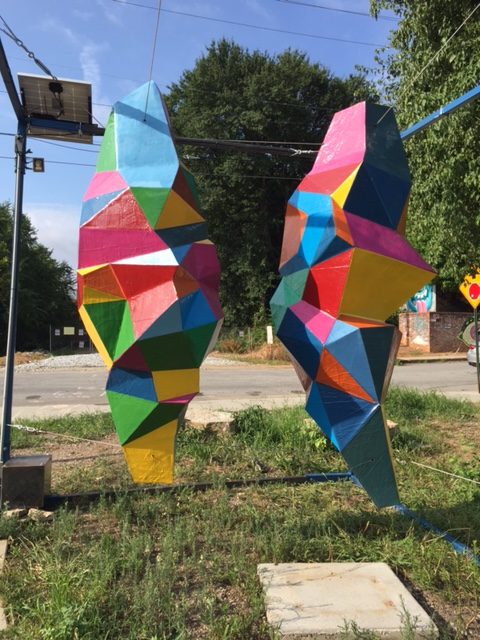
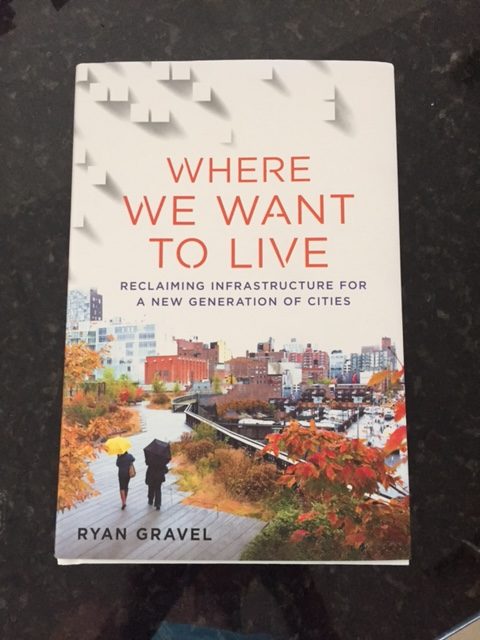
“Even more important than the project’s physical implementation, however, is the fact that its progress is proving exactly the proposal’s original promise and intent. It is not only changing the physical form of the city. It is changing the way we think about Atlanta. In the process, it is reflecting a much larger story of change in cities everywhere that is calling all of us to discover a new kind of infrastructure for our lives.”
Ryan Gravel, Where We Want To Live – Reclaiming Infrastructure for a New Generation of Cities
You travel to a lot of places where you meet people who are, in your words, in awe of the Atlanta Beltline. Why?
Because it’s an indication of a much larger transformation. They are talking about how we are converting a city known for its urban sprawl into something else and reducing our dependency on cars. By changing the physical form, we are catalyzing the way we think about living in a big city. And we’re asking our leaders to support each other with similar policies and initiatives.


Do you see an overlap between the High Line Canal and the Atlanta Beltline projects?
Whether re-purposing a railroad or a canal, both the High Line Canal and the Atlanta Beltline are unique to their own place in the world. They both reconnect people back to what’s special about that place, its original infrastructure and native condition. The Canal is similarly improving the lives of people who live there.
Do you have any advice for the High Line Canal Conservancy?
I’m a big believer in thinking big. Big ideas are more compelling. The Beltline’s lesson is the bigger the project got, the more durable it became. That’s because more people wanted it for more reasons. Its big, inclusive vision allowed a lot of people to be a part of it, building a broad constituency that could survive election cycles and budget cuts. In Chapter 10 of my book, I talk more about lessons learned.


